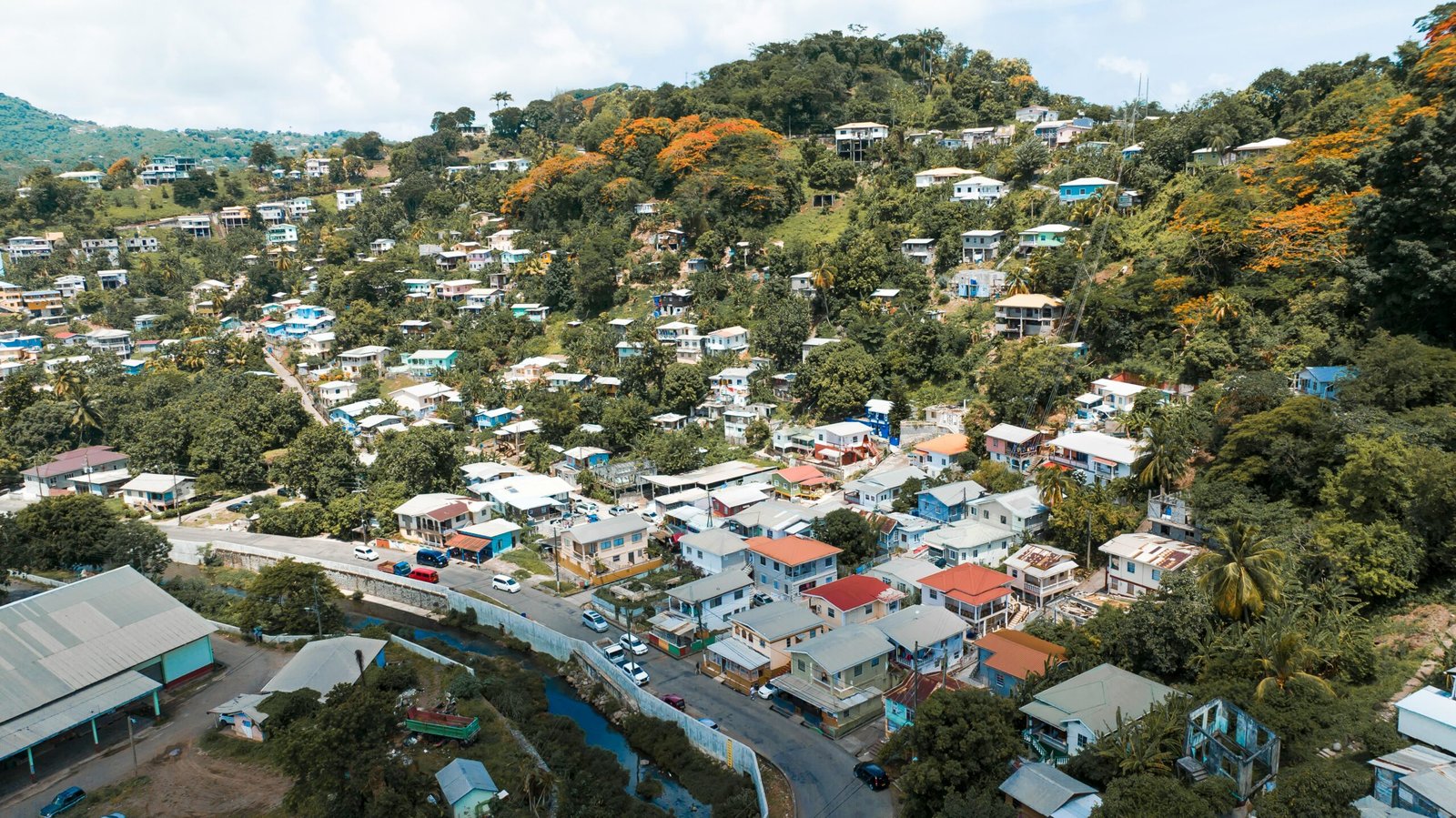Introduction
In recent years, community resilience and grassroots advocacy have emerged as powerful tools in addressing environmental injustices and protecting sexual health and reproductive rights. Communities around the world have come together to fight against systemic inequalities and promote environmental justice and health equity. This article will highlight some inspiring examples of community resilience and grassroots advocacy efforts in these areas, emphasizing the importance of community organizing, education, and empowerment.
Community Resilience in Addressing Environmental Injustices
Environmental injustices disproportionately affect marginalized communities, including low-income neighborhoods and communities of color. These communities often bear the brunt of environmental pollution, hazardous waste sites, and lack of access to clean air and water. However, many communities have shown incredible resilience in the face of these challenges.
One inspiring example is the community of Uniontown, Alabama. Located in the heart of the Black Belt region, Uniontown has been fighting against the environmental injustices caused by a nearby landfill that contains toxic coal ash. Despite facing significant obstacles, including limited resources and political opposition, the community has organized protests, filed lawsuits, and raised awareness about the health risks associated with the landfill. Their resilience and determination have brought national attention to the issue and have inspired other communities facing similar challenges.
Another example of community resilience can be seen in the efforts of indigenous communities in the Amazon rainforest. These communities have been fighting against deforestation, illegal mining, and other destructive activities that threaten their way of life and the health of the ecosystem. Through grassroots organizing, advocacy campaigns, and partnerships with environmental organizations, these communities have been able to protect their land and preserve their cultural heritage.
Grassroots Advocacy for Sexual Health and Reproductive Rights
Grassroots advocacy has played a crucial role in promoting sexual health and reproductive rights, particularly in contexts where these rights are under threat or restricted. By mobilizing communities and raising awareness, grassroots organizations have been able to challenge harmful policies, provide essential services, and empower individuals to make informed decisions about their sexual and reproductive health.
One notable example is the work of organizations like Planned Parenthood, which has a long history of grassroots advocacy for sexual health and reproductive rights. Through community outreach programs, education campaigns, and lobbying efforts, Planned Parenthood has been able to provide vital healthcare services to millions of people and advocate for policies that protect reproductive rights.
Another example is the grassroots movement for comprehensive sex education in schools. In many places, sex education is limited or biased, leaving young people without the information they need to make healthy decisions. Grassroots organizations and activists have been working tirelessly to change this by advocating for evidence-based, inclusive sex education that covers topics such as consent, contraception, and LGBTQ+ issues. Their efforts have led to policy changes in some areas and have helped empower young people to make informed choices about their sexual health.
The Importance of Community Organizing, Education, and Empowerment
Community organizing, education, and empowerment are essential components of successful grassroots advocacy efforts. By bringing people together, providing them with knowledge and resources, and empowering them to take action, communities can create lasting change and address environmental injustices and health disparities.
Education plays a crucial role in empowering individuals and communities to advocate for their rights. By providing accurate information about environmental issues, sexual health, and reproductive rights, organizations can help people make informed decisions and become advocates for change. Education also helps to break down barriers, challenge stereotypes, and promote inclusivity and equality.
Community organizing is another critical aspect of grassroots advocacy. By bringing people together, organizing protests, and building coalitions, communities can amplify their voices and demand justice. Through collective action, communities can challenge powerful institutions and hold them accountable for their actions.
Empowerment is at the heart of community resilience and grassroots advocacy. When individuals and communities are empowered, they become agents of change and can shape their own destinies. By providing resources, support, and opportunities for leadership, grassroots organizations can empower individuals to take action and create positive change in their communities.
Conclusion
Community resilience and grassroots advocacy are powerful forces for addressing environmental injustices and protecting sexual health and reproductive rights. Through inspiring examples of community organizing, education, and empowerment, we see how communities can come together to fight against systemic inequalities and promote environmental justice and health equity. By highlighting these efforts, we hope to inspire others to take action and create a more just and equitable world for all.

